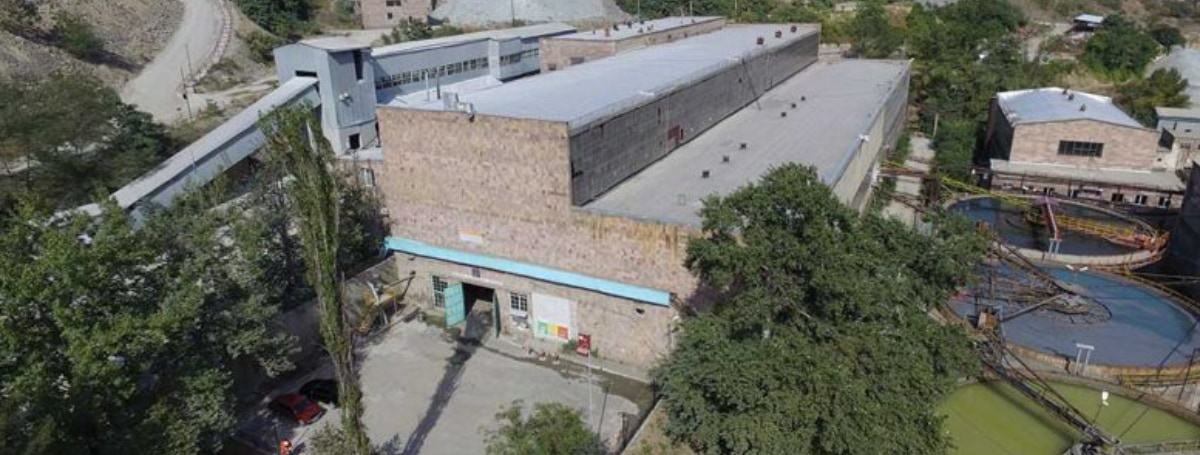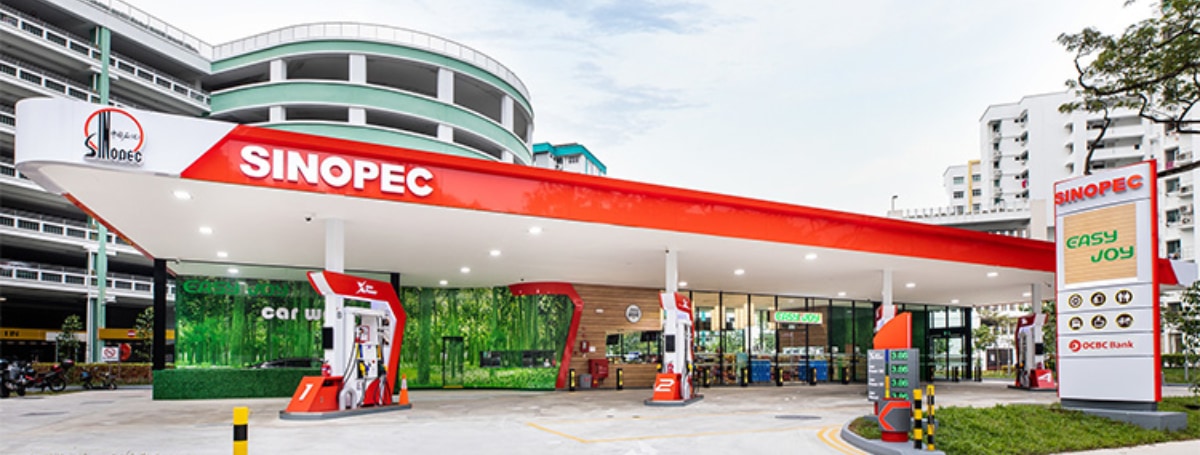M & A
RTOs under the HKEX Listing Rules
Under the HKEX Listing Rules of the HKEX, an RTO is defined as an acquisition or series of acquisitions by a listed issuer which, in the opinion of the HKEX, constitutes, or is part of a transaction and/or arrangement or series of transactions and/or arrangements which constitutes, an attempt to achieve a listing of the acquisition targets and a means to circumvent the requirements for new applicants under the HKEX Listing Rules.
The HKEX will first apply the bright line tests to determine whether the transaction(s) constitute a RTO. Transactions which fall within the test will be considered a RTO and will be treated as a new listing application. Transactions falling outside the bright line tests may still constitute RTOs under the principle-based test, if the HKEX considers the transactions to be an attempt to list assets in circumvention of the requirements for new listings under the HKEX Listing Rules. Where the listed issuer can demonstrate that it is not seeking to list assets in circumvention of the requirements for new listings, the HKEX may regard the acquisition(s) as an extreme transaction if certain conditions are satisfied.
To qualify as an extreme transaction either:
- the issuer must have been under the control of the same person or group of persons for at least 3 years and the acquisition(s) must not involve a change in control or de facto control of the issuer (other than as the level of its subsidiaries); or
- the issuer has been operating a principal business of a substantial size (which includes an issuer with an annual revenue or total asset value of HK$1 billion) according to its latest published financial statements) which will continue after the transactions.
Where an acquisition(s) constitutes an extreme transaction, the listed issuer will be required to comply inter alia with the requirements for very substantial transactions under Chapter 14 of the HKEX Listing Rules (Chapter 19 of the GEM Listing Rules) and appoint a financial adviser to perform due diligence on assets subject to the acquisition(s).
The Bright Line Tests
The HKEX Listing Rules set out bright line tests for two types of reverse takeovers which are transactions involving:
- a change in control (i.e. 30%) of a listed issuer (other than at the level of its subsidiaries); and
- a very substantial acquisition (i.e. acquisition(s) where any percentage ratio is 100% or more) from the incoming controlling shareholder either at the time of the change in control or within the following 36 months.
A very substantial acquisition within the bright line tests will be considered a reverse takeover and the listed issuer will be required to follow the procedures for a new listing applicant on the HKEX, including the preparation of a listing document and the appointment of a sponsor.
The Principle-based Test
The HKEX will apply the principle-based test to transactions which fall outside the bright line tests for example where there is no change of control.
The principle-based test defines a reverse takeover as an acquisition or a series of acquisitions by a listed issuer which, in the opinion of the HKEX, constitutes, or is part of a transaction and/or arrangement or series of transactions and/or arrangements, which constitute:
- an attempt to achieve a listing of the assets to be acquired (and in the context of a series of transactions, assets already acquired); and
- a means to circumvent the requirements for new listing applicants set out in Chapter 8 of the HKEX Listing Rules (GEM Chapter 11).
In assessing whether the transaction is a RTO under the principle-based test, the HKEX will take into account:
- the size of the acquisition relative to the issuer;
- whether the acquisition will lead to a fundamental change in the issuer’s principal business;
- the nature and scale of the listed issuer’s business before the acquisition(s);
- the quality of the assets acquired / to be acquired;
- any change in control or de facto control of the listed issuer (other than at the level of its subsidiaries); and
- other events and transactions which, together with the acquisition or series of acquisitions, form a series of transactions or arrangements (if they take place within reasonable proximity of each other, normally a 36-month period, or are otherwise related) will be considered together in determining whether there is a RTO.
The difficulty that this rule poses in the context of a restructuring is that the net worth of companies following a restructuring is generally not that large. Hence almost any acquisition of a reasonable size is likely to trigger the RTO rules retrospectively. The first hurdle faced by a listed issuer following a restructuring is the requirement under the HKEX Listing Rules for listed companies to carry out sufficient operations or have assets of a sufficient value to justify their continued listing which effectively renders cash companies unsuitable for continued listing. Since no further additions to the business can be made for 36 months (unless the assets acquired or the enlarged group are able to satisfy the listing criteria for new listings), it will be necessary to ensure that the business is sustainable for the 36 month period.
Large-scale Issue of Securities
Under the HKEX Listing Rules, where a proposed large scale issue of new securities by a listed issuer for cash to acquire and/or develop a new business, which, in the opinion of the HKEX, is a means to circumvent the requirements for new listing applicants under the HKEX Listing Rules, the HKEX may refuse to grant listing approval for the shares to be issued. The HKEX will take into consideration not only the size of the equity fundraising, but all other relevant factors including the nature and scale of the issuer’s business, its financial position, its business plans and intended use of proceeds and any change in control or de facto control of the issuer. This Rule was introduced in response to the prevalence of backdoor listings in Hong Kong.
The HKEX has set out guidance on such transactions in the HKEX Guidance Letter GL105-19.
Read our latest News
Zambia plans state firm to own 30% of critical minerals mines
NATURAL RESOURCES News On 12 September, 2024 in a strategic move to enhance the country's benefits from its critical mineral resources, Zambia has unveiled plans to establish a state-owned firm that will hold a 30% stake in all new...
First Quantum starts up Zambia nickel mine, enters standstill deal with Jiangxi
NATURAL RESOURCES News On 23 August, 2024 TSX listed First Quantum Minerals announced that it has achieved commercial production at its Enterprise nickel mine in Zambia, set to become Africa's biggest nickel operation. This...
Saudi Arabia’s Ma’Aden Q2 Profit Plummets 91% Amid Rising Operational Costs
NATURAL RESOURCES News The state-owned Saudi Arabia Mining Company (Ma’aden) reported a 91% decline in its second-quarter net profit, amounting to $93.53 million (SR350.9 million), compared to the same period in the previous year....
Chaarat To Sell Its Kapan Mine To Gold Mining For $54.5 Million
NATURAL RESOURCES News Chaarat Gold Holdings has decided to sell its Kapan mine to Gold Mining Company for $54.5 million. The decision comes amidst escalating operational costs and potential financial setbacks for Kapan. CEO Mike...
McEwen Considers IPO For Its Los Azules Copper Project
NATURAL RESOURCES News Canadian entrepreneur Rob McEwen said he is contemplating various financing routes for his Los Azules project in Argentina, hinting at a potential initial public offering (IPO) as early as November. Although...
Sinopec To Begin Operations In Sri Lanka On 20 September
NATURAL RESOURCES News Chinese oil giant, Sinopec, is set to commence operations in Sri Lanka on 20 September. The Chinese firm has been granted a 20-year licence to operate 150 fuel stations and sell fuel below the local...







